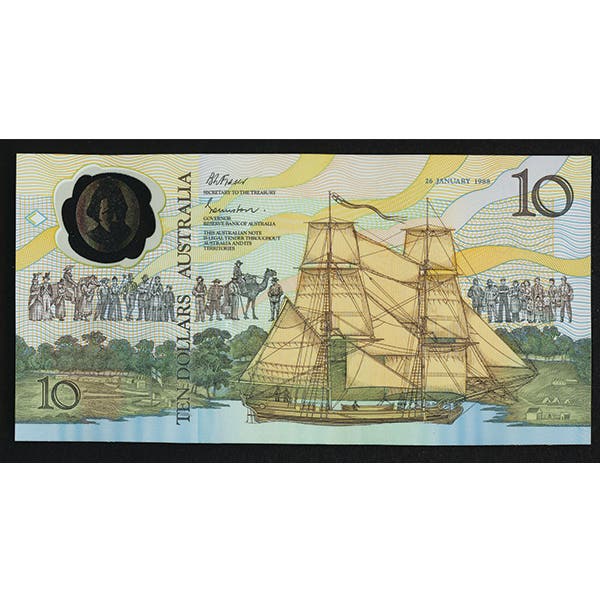BEP just one issuer of souvenir cards
Should I consider Bureau of Engraving and Printing printed souvenir cards to be the only true souvenir cards? Souvenir cards are an exonumia area of collecting occasionally sought by both…
Should I consider Bureau of Engraving and Printing printed souvenir cards to be the only true souvenir cards?
Souvenir cards are an exonumia area of collecting occasionally sought by both coin and stamp collectors. The BEP began its current program in 1969, but it is only one source of these cards. There is no reason you can’t collect those as well that are printed by other sources. Consider it a matter of taste.
Crane and Company in Massachusetts has supplied the Bureau of Engraving and Printing with much of the paper on which bank notes are printed since 1885. Has the consistency of that paper remained constant throughout this period?
The proportion of visible red or blue threads and the linen content has been altered periodically, at the request of the BEP.
I recently read of an uncirculated 2014-P Great Smoky Mountains 5-ounce silver quarter without a mintmark due to vapor blasting. What is vapor blasting?
A coin is “blasted” with a compressed mixture of water vapor and ceramic media when it is vapor blasted. Vapor blasting will result in a Specimen-type surface appearance. In the case of the 5-ounce silver quarters, a lack of vapor blasting will leave the coin with the appearance expected of a bullion issue.
I do not know whether the graded coin I received as a door prize at an event is 40 percent silver or clad. I really didn’t think it was silver, as it’s graded as Mint State 65, not proof. Maybe back then one could assume everything minted at San Francisco had some silver in it. Please clarify for me what happened back at the time of the Bicentennial at the San Francisco Mint.
Bicentennial quarters, half dollars, and dollar coins are dated 1776-1976 regardless of the date when they were struck. The special uncirculated San Francisco coins were struck composed of 40 percent silver, while proofs were struck either of silver or copper-nickel.
What is the origin of the term “short snorter,” used to refer to annotated (and sometimes autographed) paper money?
Bank notes have been autographed from at least the time of the Napoleonic Wars. The term “short snorter” dates from World War I when it became the custom to expect each military person sitting at a bar to have one. Someone would ring a bell. At that time, everyone was expected to show their short snorter. If you didn’t have one, you paid for a round of drinks for everyone at the bar. Collectors since then have benefitted from the military custom.
E-mail inquiries only. Do not send letters in the mail. Send to Giedroyc@Bright.net. Because of space limitations, we are unable to publish all questions.
This article was originally printed in Numismatic News. >> Subscribe today.
If you like what you've read here, we invite you to visit our online bookstore to learn more about Standard Catalog of United States Paper Money.









